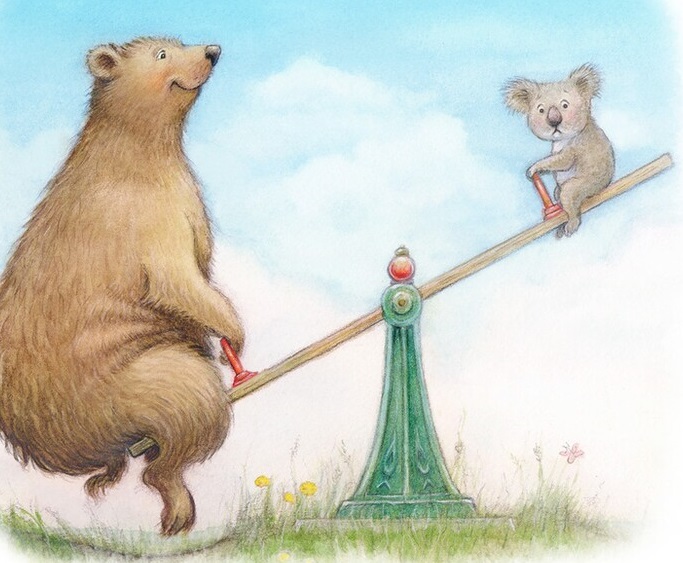
This review is written with a GPL 4.0 license and the rights contained therein shall supersede all TOS by any and all websites in regards to copying and sharing without proper authorization and permissions. Crossposted at WordPress & Blogspot by Bookstooge’s Exalted Permission
Title: Cassilda’s Song
Series: The King in Yellow Anthology #7
Editor: Joseph Pulver
Rating: 4 of 5 Stars
Genre: Cosmic Horror
Pages: 241
Words: 92K
Table of Contents:
Introduction by Joseph S. Pulver, Sr.
Black Stars on Canvas, a Reproduction in Acrylic by Damien Angelica Walters
She Will Be Raised a Queen by E. Catherine Tobler
Yella by Nicole Cushing
Yellow Bird by Lynda E. Rucker
Exposure by Helen Marshall
Just Beyond Her Dreaming by Mercedes M. Yardley
In the Quad of Project 327 by Chesya Burke
Stones, Maybe by Ursula Pflug
Les Fleurs du Mal by Allyson Bird
While The Black Stars Burn by Lucy A. Snyder
Old Tsah-Hov by Anya Martin
The Neurastheniac by Selena Chambers
Dancing the Mask by Ann K. Schwader
Family by Maura McHugh
Pro Patria! by Nadia Bulkin
Her Beginning is Her End is Her Beginning by E. Catherine Tobler and Damien Angelica Walters
Grave-Worms by Molly Tanzer
Strange is the Night by S.P. Miskowski
This was a collection centered around the character of Cassilda, the former queen of Carcosa that the Yellow King subjugate/co-opted/seduced depending on which story you decide to hold to. In some of these stories she is fighting against the King in Yellow, other times the story is about her influence in our world and in some instances it’s just a feminist story wrapped in the liturgical wrappings of the King in Yellow.
I actually started to read this back in January, but with everything that was going on medically at the time, stories that dealt with despair and madness and hopelessness were way more than I could handle at that time. But now that we appear to be on the other side, I could dive into this cesspool with nary a shudder or twinge of disgust.
Two stories stood out to me. Not that they were the most enjoyable ones, but I felt like they encapsulated the best and worst of the King in Yellow mythology.
In the Quad of Project 327 was about a group of school kids who find the play The King in Yellow and one girl reads it. Unlike everyone else who has ever read it, it doesn’t drive her crazy but gives her psychic powers and she in turn gives these powers to the other kids. They use the power to make their Quad (apartment building area) a better place and to make their white male teacher hate Columbus and be a “nicer” guy. This exemplified the worst in my opinion. The author wrapped up her white male hatred and used some of the literary terms used in the King in Yellow stories. But she either didn’t understand or chose to ignore that the play has to drive people mad, or it isn’t The King in Yellow. As such, this didn’t have that hopeless, the walls are closing in, claustrophobic feel that a genuine KiY story should have. There is no hope, there is no betterment, there is no strength in a King in Yellow story. And if you choose to go outside of those bounds, then your story isn’t a KiY story. It wasn’t necessarily a bad story, but it was missing that downward punch that was needed.
Old Tsah-Hov was a story about a dog that ends up being owned by a woman named Cassilda, in Jerusalem. She adopts him as a stray and gets married and has a kid and then a war breaks out and her husband breaks under the strain and tries to hit her. The dog intervenes, only the son tries to stop him and the dog ends up biting the son by accident instead of the father. So he’s taken away to be put down. Once he’s put down, he awakens in Carcosa, where a mob is waiting for him, with hands filled with stones. To kill him. Again. Now THAT is how you tell a KiY story. The dog is loyal to Cassilda, loves the little boy and is doing his best to protect and serve. And his reward? To be killed again by the King in Yellow. The pure perversity of the entire situation, the twistedness of it, is exactly how a KiY story should be written.
Black Stars on Canvas, a Reproduction in Acrylic, the lead story, is a great KiY primer. If you can read that story and like it, The King in Yellow is for you. If you read it and don’t like it, or aren’t interested, I sincerely doubt you’ll like much else in the King in Yellow mythology. I’ve never been tempted to write a book, or even a short story, but if I ever did, it would be something to do with the King in Yellow.
The main reason I didn’t give this a 4 ½ rating was because one of the stories was poetry. Poetry is an essential element in the play The King in Yellow, but I don’t like poetry and I don’t have to.
I’ve included a large version of the cover below as it is hard to see in the little one I include with most reviews.
★★★★☆

- The King in Yellow & Other Stories (Book 1)
- In the Court of the Yellow King (Book 2)
- The King in Yellow Tales (Book 3)
- A Season in Carcosa (Book 4)
- New Tales of the Yellow Sign (Book 5)
- The Hasture Cycle (Book 6)



